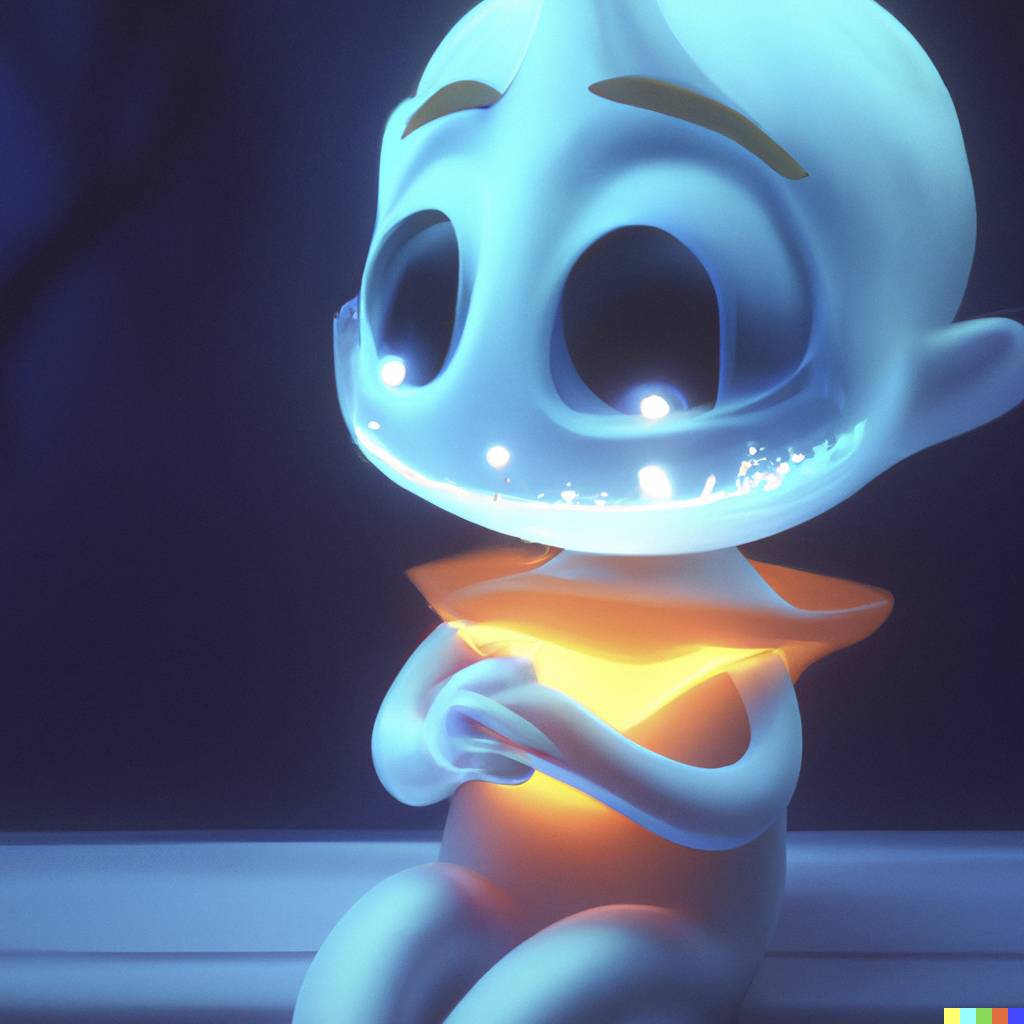For the past few days, I’ve been playing around with DALL-E 2, an app developed by the San Francisco company OpenAI that turns text descriptions into hyper-realistic images.
OpenAI invited me to test DALL-E 2 (the name is a play on Pixar’s WALL-E and artist Salvador Dalí) during its beta period, and I quickly got obsessed. I spent hours thinking up weird, funny and abstract prompts to feed the AI — "a 3D rendering of a suburban home shaped like a croissant,” "an 1850s daguerreotype portrait of Kermit the Frog,” "a charcoal sketch of two penguins drinking wine in a Parisian bistro.” Within seconds, DALL-E 2 would spit out a handful of images depicting my request — often with jaw-dropping realism.
What’s impressive about DALL-E 2 isn’t just the art it generates. It’s how it generates art. These aren’t composites made out of existing internet images — they’re wholly new creations made through a complex AI process known as "diffusion,” which starts with a random series of pixels and refines it repeatedly until it matches a given text description. And it’s improving quickly — DALL-E 2’s images are four times as detailed as the images generated by the original DALL-E, which was introduced only last year.


















With your current subscription plan you can comment on stories. However, before writing your first comment, please create a display name in the Profile section of your subscriber account page.